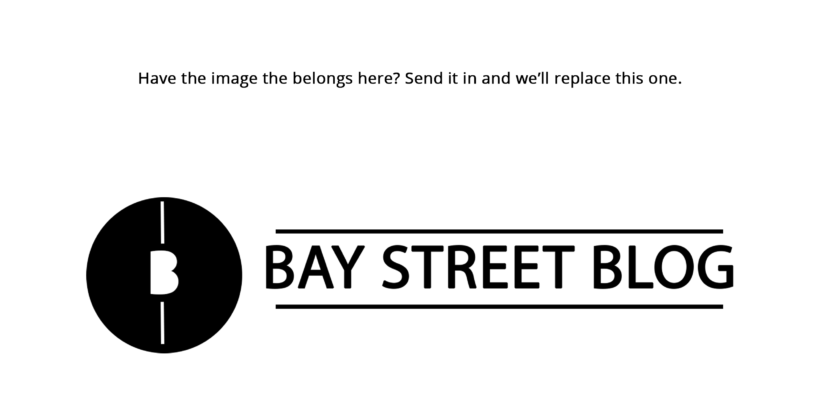Forget winter, the thaw is coming
Share

Fresh fallen snow is beautiful and fun to play in, but it soon leads to heavy shovelling, icy roads, and eventually, spring’s thaw. The melt exposes flaws in our home’s construction that we promised ourselves we’d fix before the bitter cold gave us an excuse to wait until summer. The problem though is the speed at which it can wreak havoc on our houses.
Flooding, a problem formerly reserved for those living close to large bodies of water, has expanded its powers, thanks in part to climate change. Floods have surpassed fire in terms of house insurance claims and are the costliest natural disasters in Canada in terms of property damage.
Water will always find its way to the lowest point, and in your house, that typically means your basement. According to the Intact Centre on Climate Adaptation at the University of Waterloo, the average cost to repair a flooded basement is around $42,000. Here are some insurance coverage options for water damage and how preventative maintenance can reduce the need to use them.
BASE POLICY
In a comprehensive home insurance policy, there is coverage for basic water damage. The clearest example of when this coverage could be used is from water damage caused by a burst pipe within your home. Copper water pipes can burst because the water inside them expands as it starts to freeze, which causes an increase in pressure inside the pipe. When the pressure gets too high for the pipe to contain, it cracks open.
To avoid a burst pipe, you can buy pipe wrap insulation at your local home supply store to better insulate the pipe and prevent it from freezing. Also, if the pipe is near an exterior wall without insulation, consider insulating that section of wall. Finally, cross-linked polyethylene or PEX piping can withstand temperature fluctuations better than copper, so if you’re doing a renovation, consider using PEX instead.
Next, identify your water shut-offs. If a pipe bursts while you’re at home, you can turn off the flow of water, and call a plumber in to repair the burst pipe before turning the water back on. If you don’t have water shut-offs, you may want to consider having them installed. While you’re at it, take a look at flood sensor products from Fibaro or the Hive leak sensor, which not only help you identify the source of leaks, but can also shut-off the water supply remotely from your phone.
SEWER BACK UP
Until recently, the most expensive repairs to a basement came from homeowners experiencing sewer backup. A sewer back up happens after heavy rainfall overwhelms the public sewer system, sending sewage back up into a home through its drain pipes and floor drains.
Not only does sewer back up create severe property damage, but sewage in the home is a hazard to your health. If a sewer backs up into your home, you’ll want to make sure you either have this on your base insurance policy or when you’re shopping for home insurance quotes, be sure to add it on as a coverage endorsement.
The only way to prevent a sewer back up is to install a backflow preventer. This simple plastic box goes in line with your main drain out to the city. It allows wastewater to flow to the city sewer, but if water starts backing up, a plastic flap pops up preventing the sewage from backing up into your home. When the water is unable to enter your house, it will then flow to the next house down the line – it’s looking to go anywhere it can. If you don’t have a backflow preventer, it’s worth the price of installation.
If you don’t have sewer back up coverage or a substantial emergency fund for repairs and sewage has damaged your home, another option is to get a home equity line of credit (HELOC) to cover the costs of cleanup, repairs, and restoration. Due to the health concerns related to sewer backup, it’s imperative the work is done, but save yourself some money with a lower interest rate instead of maxing out a credit card. You can also roll a HELOC back into your mortgage at renewal time.
OVERLAND WATER
Overland water is a relatively new insurance endorsement that, due to climate change, is becoming an increasingly popular add-on to any home insurance policy. It’s caused by rising rivers, streams, or other bodies of water that may overflow onto dry land, causing damage to your home. It can also occur from heavy rain precipitation or snow accumulation (and its eventual thaw) around your property. All these water sources find windows, doors, and cracks in your foundation to enter your home. If you want protection from this type of damage, you’ll need to add an overland water endorsement to your home insurance policy.
Of course, the idea with most insurance is that it’s a product you pay for but hopefully never have to use. To avoid using your overland coverage add-on, make sure snow is shoveled away from the perimeter of your property because when it melts, you want it to go to the city drain or into the soil below it, not into your house. You’ll also want to ensure your eavestroughs and downspouts are in good working order and diverting water away from your home.
The best defence against overland water is to install exterior waterproofing for your home. It can be a costly endeavour, though likely still cheaper than a basement renovation. It involves digging a trench around your house and applying waterproofing materials to your home’s foundation. The water proofers will then add a weeping tile at the base of the channel. A weeping tile is a cloth covered flexible pipe that collects water and diverts it to your main drain.
An overland water endorsement is an invaluable endorsement to your home insurance, especially if you don’t have waterproofing.
COMPREHENSIVE COVERAGE (FOR YOUR CAR)
Remember, flooding doesn’t only affect homes in low lying areas with high water tables. It can also affect your car. In July of 2013, massive flooding hit Toronto forcing a man to abandon his $200,000 Ferrari. When shopping around for Ontario car insurance quotes, he must have made sure to add comprehensive coverage to his policy because his insurer covered the vehicle’s replacement cost, less the deductible.
UNDER THE UMBRELLA
Whether you rely on insurance or preventative maintenance to help you cope with flood damage, make sure to protect yourself from all the potential risks of water. Relying on your HELOC can help you out of a sinking ship, but it’s always better to plug a hole, rather than going down with it.
You May Also Be Interested In: How to Save Money for a House: A Quick Guide
Writer: RateHub
Disclaimer: All investing can potentially be risky. Investing or borrowing can lead into financial losses. All content on Bay Street Blog are solely for educational purposes. All other information are obtained from credible and authoritative references. Bay Street Blog is not responsible for any financial losses from the information provided. When investing or borrowing, always consult with an industry professional.






Bay Street Blog Newsletter
Click here to subscribe for a financial savvy experience.
Please check your email to confirm subscription!